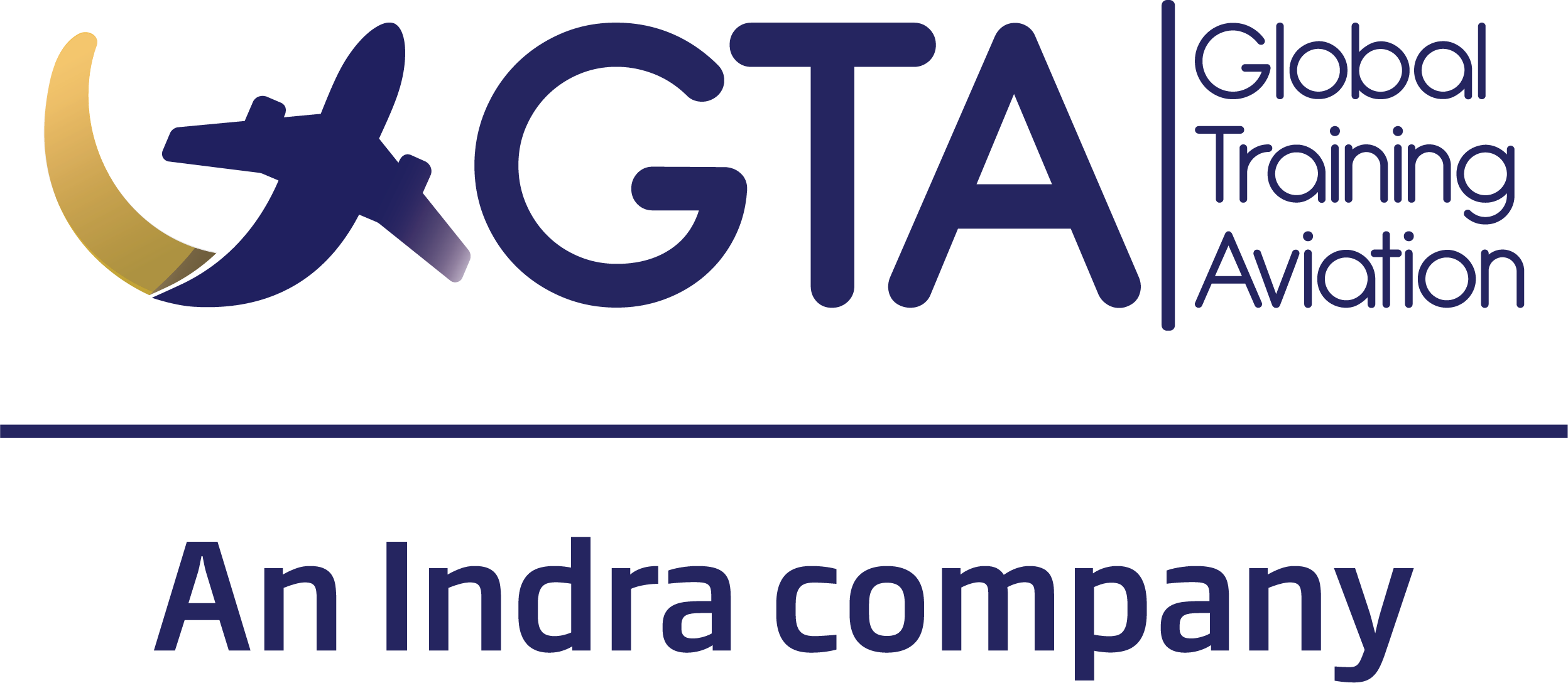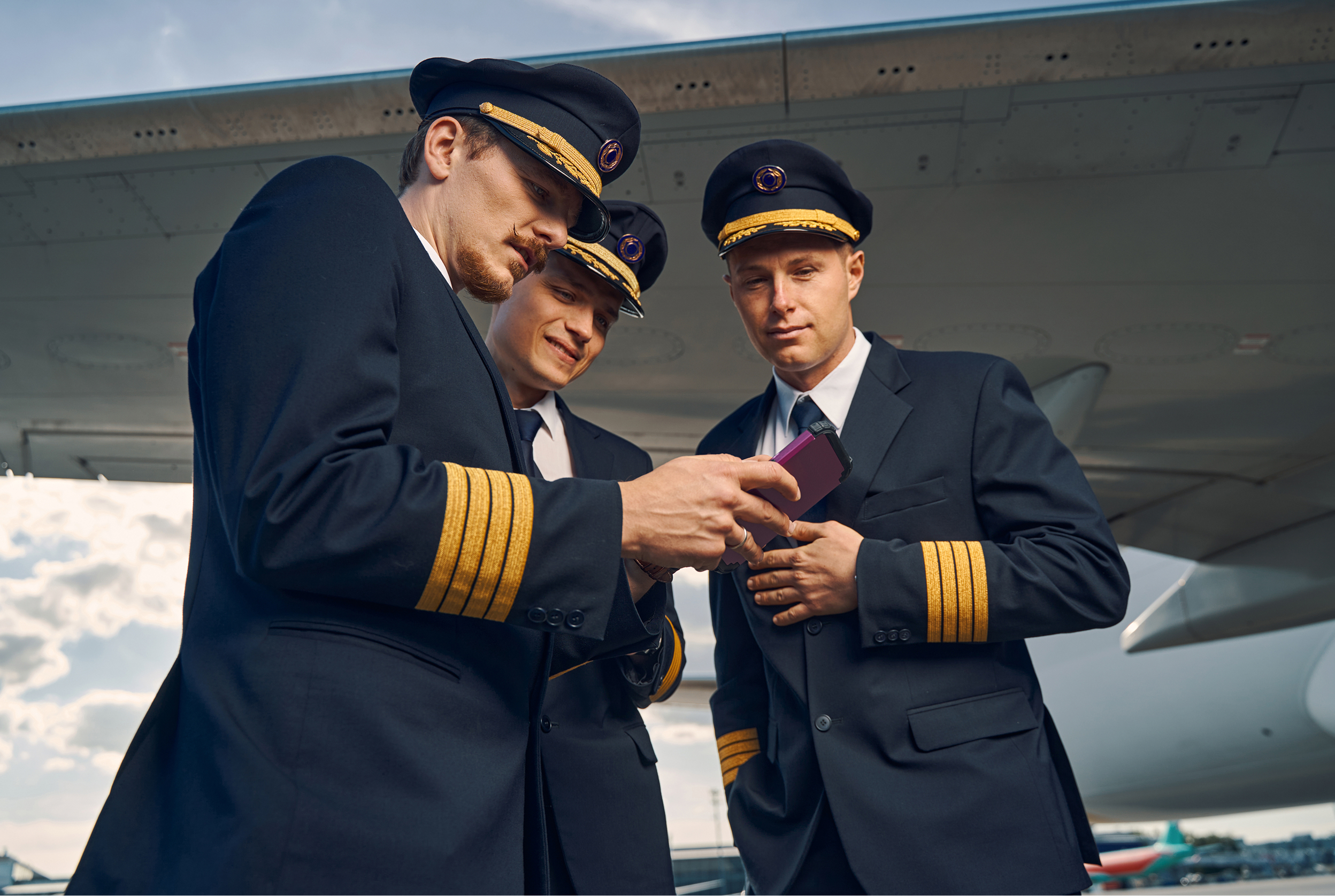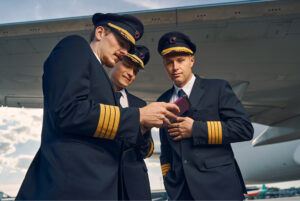La pregunta “¿cuál es la función de un piloto?” engloba una serie de responsabilidades técnicas, operativas y humanas que hacen de esta profesión una de las más exigentes y valoradas en el sector aeronáutico. Tanto en la aviación comercial como en la privada, el piloto es el encargado de garantizar la seguridad del vuelo, la correcta operación de la aeronave y la coordinación con todos los actores involucrados en la navegación aérea.
¿Qué hace un piloto de avión?
Cuando nos preguntamos qué hace un piloto de avión, debemos entender que su trabajo no se limita al pilotaje. Las funciones de un piloto comercial o privado incluyen desde la planificación de vuelo hasta la gestión de emergencias en vuelo, pasando por la comunicación con la torre de control y la elaboración de informes post-vuelo. El trabajo de un piloto de aerolínea implica una preparación constante, dominio técnico y habilidades interpersonales.
Planificación y elaboración del plan de vuelo
Una de las primeras tareas del piloto es la planificación de vuelo, que consiste en definir la ruta, calcular el combustible necesario, revisar las condiciones meteorológicas y coordinar todo con el equipo de operaciones. Esta etapa es clave para garantizar un vuelo seguro y eficiente.

Verificación de sistemas y revisión pre-vuelo
Antes del despegue, el piloto realiza una inspección detallada de la aeronave. Esta verificación pre-vuelo incluye el chequeo de sistemas hidráulicos, eléctricos, de navegación y comunicación. Cualquier irregularidad debe ser reportada y solucionada antes de iniciar el vuelo.
Coordinación con la torre de control
Durante todas las fases del vuelo, el piloto mantiene una coordinación constante con la torre de control, que proporciona instrucciones sobre despegues, rutas, altitudes y aterrizajes. Esta comunicación es esencial para evitar conflictos en el espacio aéreo y garantizar la seguridad.

Operación y pilotaje de la aeronave
El pilotaje de aeronaves requiere precisión, concentración y dominio técnico. El piloto debe controlar manualmente la aeronave en fases críticas como el despegue y el aterrizaje, y supervisar el piloto automático durante el vuelo de crucero.
Comunicación con pasajeros y tripulación
Además de sus funciones técnicas, el piloto debe mantener una comunicación clara con la tripulación y los pasajeros, informando sobre el estado del vuelo, posibles turbulencias o cambios en la ruta. Esta habilidad es fundamental para generar confianza y tranquilidad a bordo.

Gestión de emergencias y toma de decisiones
En situaciones imprevistas, como fallos técnicos o condiciones meteorológicas adversas, el piloto debe aplicar protocolos de gestión de emergencias en vuelo y tomar decisiones rápidas y seguras. La formación continua y el uso de simuladores son clave para estar preparado ante cualquier eventualidad.
Informe y registro post-vuelo
Una vez finalizado el vuelo, el piloto elabora un informe post-vuelo que documenta cualquier incidencia, desviación del plan o anomalía técnica. Este registro es esencial para el mantenimiento de la aeronave y la mejora de los procedimientos operativos.
Funciones según el tipo de piloto
Las funciones de un piloto pueden variar significativamente según el tipo de licencia que posea y el entorno en el que opere. Aunque todos comparten responsabilidades comunes como la planificación de vuelo, el pilotaje de aeronaves y la coordinación con la torre de control, existen diferencias clave entre un piloto comercial, privado y militar.
Piloto comercial
El piloto comercial es aquel que opera aeronaves con fines lucrativos, generalmente en aerolíneas o empresas de transporte aéreo. Sus funciones incluyen:
- Elaboración del plan de vuelo en coordinación con el equipo de operaciones.
- Supervisión técnica de la aeronave antes, durante y después del vuelo.
- Trabajo de un piloto de aerolínea: incluye la gestión de pasajeros, cumplimiento de horarios y comunicación constante con la torre de control.
- La toma de decisiones en situaciones de emergencia y la elaboración de informes post-vuelo.
Este tipo de piloto debe contar con una formación rigurosa y experiencia en simuladores avanzados, como los que ofrece Global Training Aviation.
Piloto privado
El piloto privado vuela por placer o para fines personales, sin recibir remuneración. Aunque sus funciones son menos exigentes que las de un piloto comercial, también debe:
- Realizar una correcta planificación de vuelo.
- Coordinar con la torre de control en vuelos controlados.
- Tener dominio del pilotaje de aeronaves ligeras.
- Conocer los procedimientos básicos de seguridad y emergencia.
Las funciones de un piloto privado se centran en la operación segura de la aeronave y el cumplimiento de la normativa aérea, aunque no está obligado a realizar informes post-vuelo formales.

Piloto militar
El piloto militar opera aeronaves en contextos de defensa, entrenamiento o misiones especiales. Sus funciones incluyen:
- Ejecución de maniobras tácticas y vuelos en condiciones extremas.
- Coordinación con unidades militares y control aéreo especializado.
- Gestión de situaciones de alto riesgo y toma de decisiones bajo presión.
- Elaboración de informes operativos tras cada misión.
Este tipo de piloto requiere habilidades avanzadas, entrenamiento intensivo y una capacidad excepcional para la gestión de emergencias en vuelo.
Diferencia entre capitán y primer oficial
En la cabina de mando de una aeronave comercial, encontramos dos figuras clave: el capitán y el primer oficial. Aunque ambos son pilotos altamente cualificados, sus funciones y responsabilidades difieren en varios aspectos, especialmente en cuanto a la toma de decisiones y el liderazgo durante el vuelo.
El capitán es el piloto al mando de la aeronave. Tiene la máxima autoridad y responsabilidad sobre el vuelo, la tripulación y los pasajeros. Sus funciones incluyen:
- Supervisar la planificación de vuelo y aprobar el plan final.
- Tomar decisiones críticas en situaciones de emergencia.
- Coordinar con la torre de control y liderar la comunicación con la tripulación.
- Elaborar el informe post-vuelo y evaluar el desempeño del equipo.
Además, el capitán debe tener una amplia experiencia en el pilotaje de aeronaves, habilidades de liderazgo y capacidad para gestionar situaciones complejas con rapidez y precisión.
El primer oficial, también conocido como copiloto, es el segundo al mando. Aunque puede operar la aeronave en todas sus fases, su rol principal es asistir al capitán y compartir las tareas operativas. Sus funciones incluyen:
- Participar en la verificación pre-vuelo y chequeo de sistemas.
- Mantener comunicación con la torre de control durante el vuelo.
- Apoyar en la gestión de emergencias en vuelo siguiendo las instrucciones del capitán.
- Contribuir al registro de datos y observaciones en el informe post-vuelo.
El primer oficial debe tener las mismas licencias que el capitán, y en muchos casos, está en proceso de adquirir experiencia para asumir el rol de comandante en el futuro.
Habilidades y competencias clave
Las habilidades de un piloto son tan importantes como sus conocimientos técnicos. Para cumplir con las responsabilidades de un piloto, ya sea comercial, privado o militar, se requiere una combinación de competencias técnicas, cognitivas y comunicativas que permitan operar con seguridad y eficacia en entornos complejos y cambiantes.
Entre las habilidades más destacadas se encuentra la capacidad para realizar una planificación de vuelo precisa, interpretar datos meteorológicos, coordinar con la torre de control y ejecutar maniobras de pilotaje en distintas condiciones. Además, el piloto debe estar preparado para enfrentar situaciones imprevistas mediante una adecuada gestión de emergencias en vuelo, aplicando protocolos establecidos y tomando decisiones rápidas y acertadas.
La comunicación también juega un papel fundamental. El piloto debe mantener un diálogo fluido con el primer oficial, la tripulación y los pasajeros, transmitiendo información clara y generando confianza. En este sentido, el capitán debe demostrar liderazgo, empatía y capacidad para coordinar eficazmente al equipo en cabina.
Estas competencias se desarrollan a lo largo de la formación profesional y se perfeccionan mediante entrenamientos en simuladores avanzados, como los que ofrece Global Training Aviation, donde se recrean escenarios reales para fortalecer la toma de decisiones y la reacción ante emergencias.
Preguntas frecuentes
¿Cuál es el trabajo de un piloto?
El trabajo de un piloto de avión consiste en operar y controlar aeronaves de forma segura, eficiente y conforme a la normativa aérea. Esto incluye tareas como la planificación de vuelo, la coordinación con la torre de control, el pilotaje de aeronaves, la supervisión de sistemas, la comunicación con la tripulación y la elaboración de informes post-vuelo. Además, el piloto debe estar preparado para enfrentar situaciones imprevistas mediante una adecuada gestión de emergencias en vuelo.
¿Cuál es el rol de un piloto?
El rol de un piloto va más allá de volar el avión. Es el responsable de garantizar la seguridad de todos a bordo, tomar decisiones críticas en tiempo real y coordinar con múltiples actores del entorno aeronáutico. Tanto el capitán como el primer oficial comparten funciones operativas, pero el capitán asume el liderazgo y la responsabilidad final del vuelo.
¿Qué funciones tiene el piloto?
Las funciones de un piloto incluyen la preparación del plan de vuelo, la verificación técnica de la aeronave, la ejecución del vuelo, la comunicación constante con la torre de control y la tripulación, y la gestión de cualquier situación de emergencia. Estas funciones varían ligeramente según se trate de un piloto comercial, privado o militar, pero todas requieren formación especializada y habilidades avanzadas.







